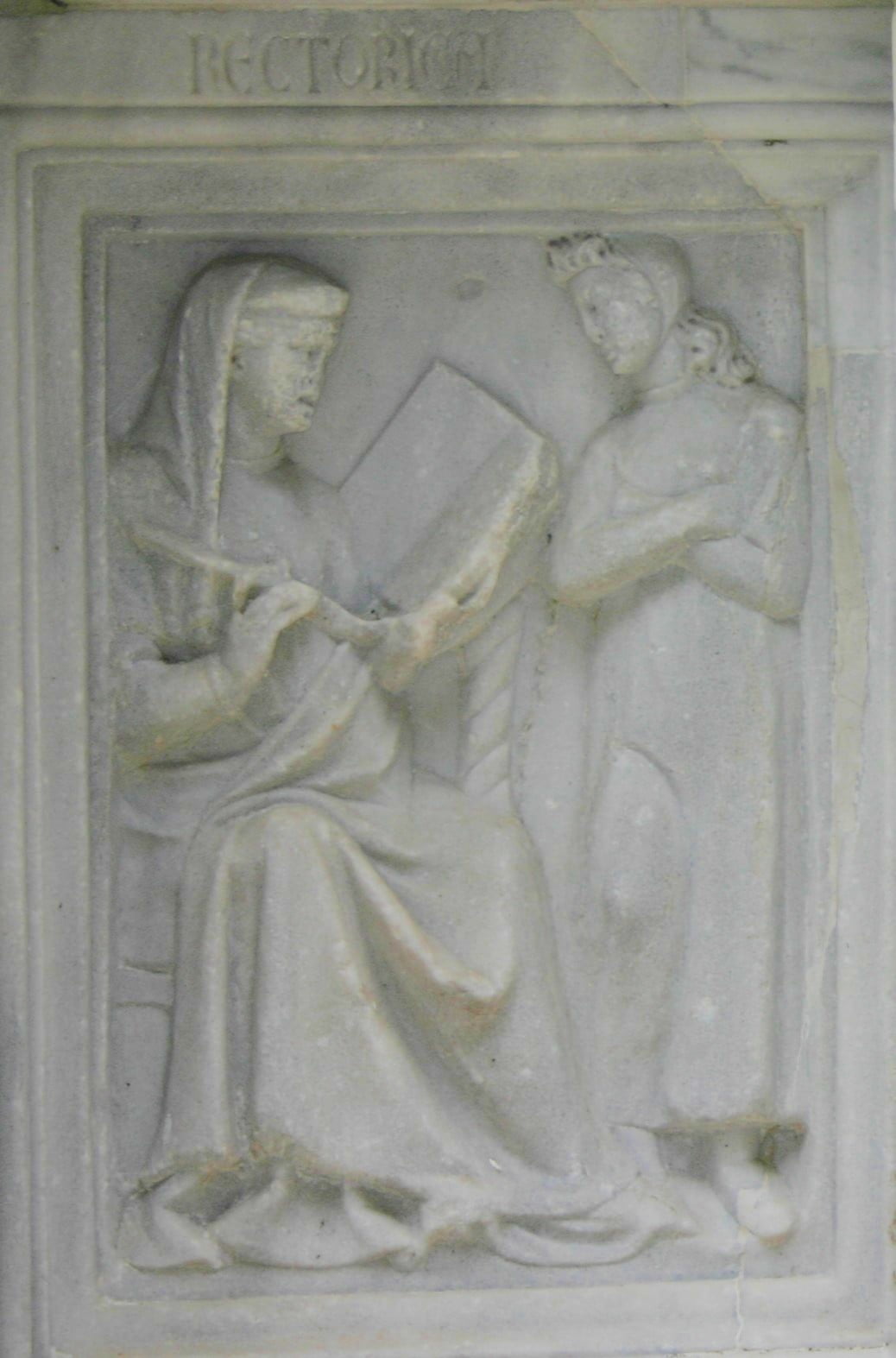Over at the Chronicle of Higher Education, Jeffrey Selingo discusses what might change in higher education if engineers were assigned to reinvent it from the ground up. Some points that emerged at a recent kick-off event for Georgia Tech’s Center for 21st Century Universities were:
Public research on the common questions. One way for public universities to reassert their relevance is to focus on public research on big common questions facing society. . . .
Improve social engagement. So-called softer skills are more important than ever as technology limits face-to-face interaction. Figure out ways to embed leadership, social, and global skills in everyday curricula.
Interactive learning. Remove teachers from being the center of all knowledge. Learning no longer happens with the teacher in front of a roomful of students taking notes. Find richer, more active ways of learning.
Stop teaching subjects. Teach students how to diagnose problems starting in kindergarten and then give them the knowledge to get better at it. Helping students solve problems teaches them how to think.
[caption id=“attachment_8253” align=“alignright” width=“160” caption=“Perugia, Fontana Maggiore, Retorica”]  [/caption]
[/caption]
Perhaps most striking about these ideas is how very much they sound like Dorothy Sayer’s 1947 proposal at Oxford University’s Vacation Course in Education, “The Lost Tools of Learning.” There, to address contemporary difficulties, Sayers suggested a revival of the medieval educational model:
Is not the great defect of our education to-day—a defect traceable through all the disquieting symptoms of trouble that I have mentioned—that although we often succeed in teaching our pupils “subjects,” we fail lamentably on the whole in teaching them how to think? . . . [By contrast, in] the mediaeval scheme of education—the syllabus of the Schools[, t]he syllabus was divided into two parts; the Trivium and Quadrivium. . . . [The Trivium] consisted of three parts: Grammar, Dialectic, and Rhetoric, in that order.
Now the first thing we notice is that two at any rate of these “subjects” are not what we should call “subjects” at all: they are only methods of dealing with subjects. Grammar, indeed, is a “subject” in the sense that it does mean definitely learning a language. . . . But language itself is simply the medium in which thought is expressed. The whole of the Trivium was, in fact, intended to teach the pupil the proper use of the tools of learning, before he began to apply them to “subjects” at all. . . . At the end of [the pupil’s] course, he was required to compose a thesis upon some theme set by his masters or chosen by himself, and afterwards to defend his thesis against the criticism of the faculty[,] . . . those who had already run the gauntlet of debate, or [those who] were making ready to run it. (¶¶ 22–25; underlining added)
Perhaps, in the end, the best way forward for higher education is, indeed, to go backward and to look at “liberal arts education” not primarily as a way of collecting a broad range of topics together into particular degree programs but as a holistic pedagogical approach for helping people learn “how to learn for themselves” (Sayers, ¶59). Ad fontes.
